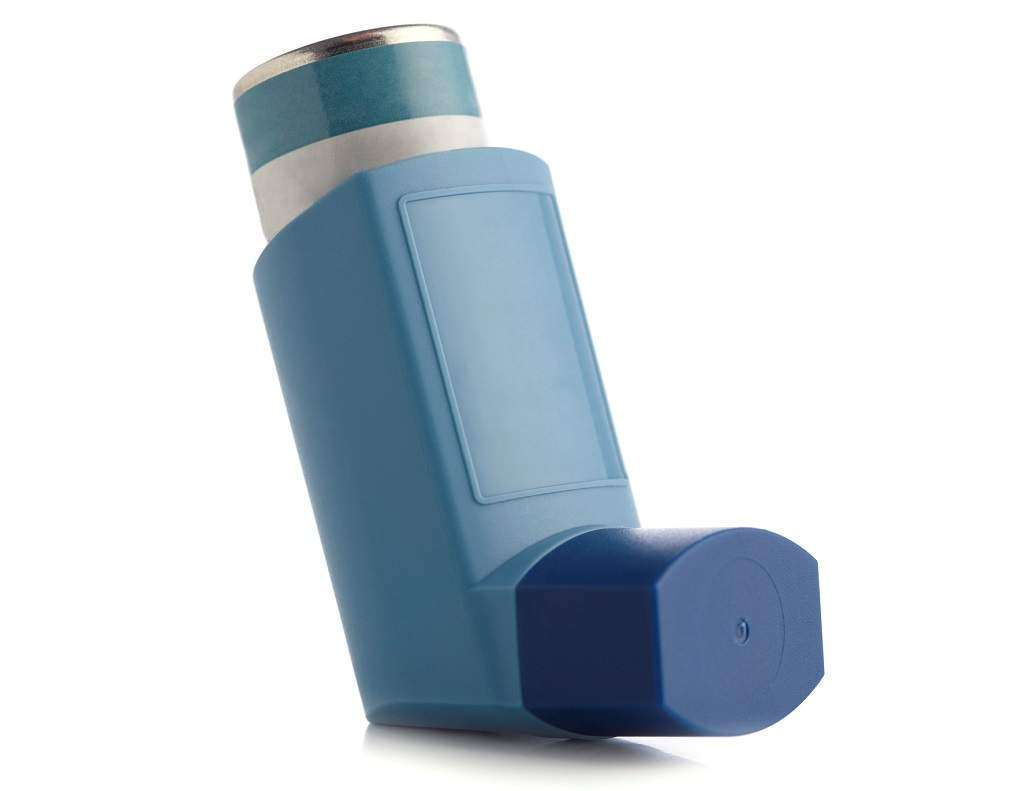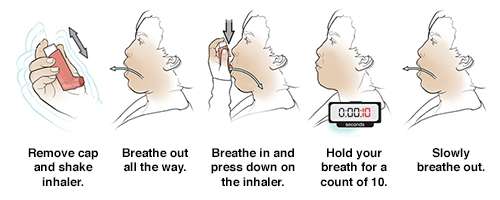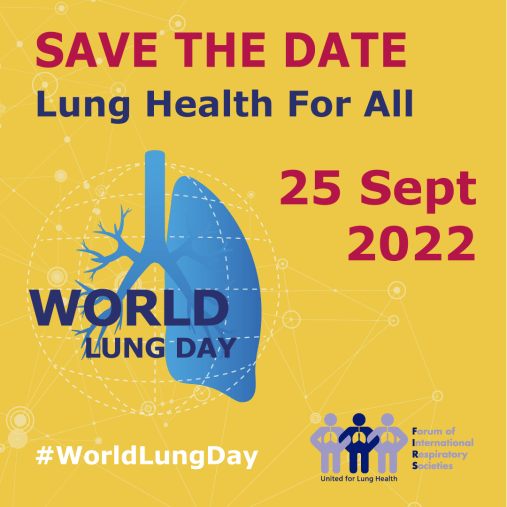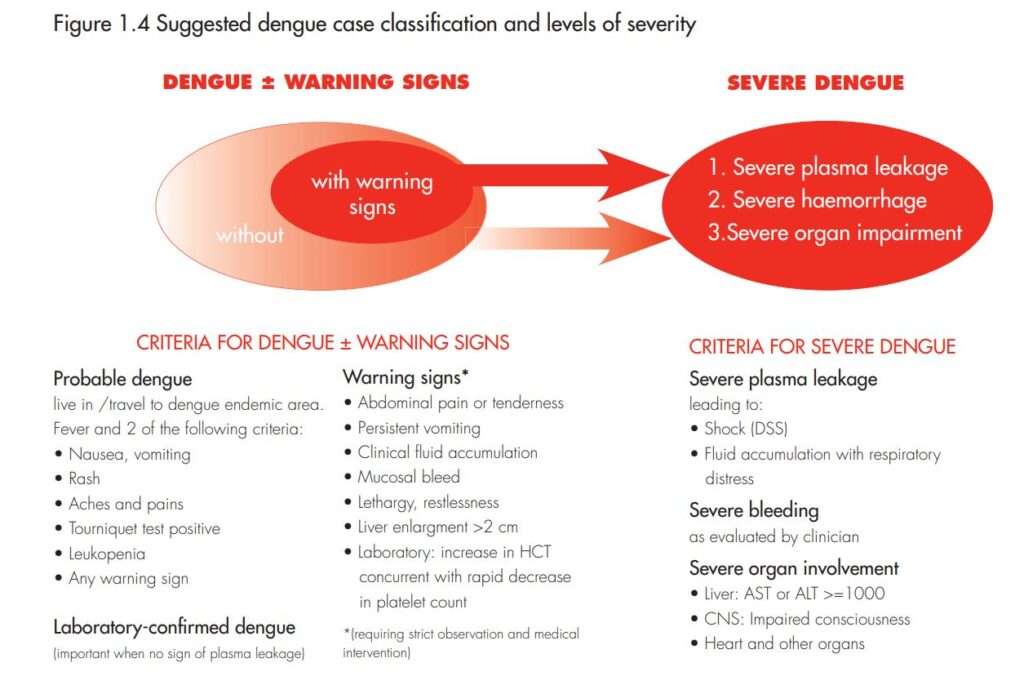Low Hemoglobin with Leukonychia
Patient with severe anemia (HB 1.8 g/dL) only with Leukonychia is treated, responded well on treatment and improved now.
Low Hemoglobin with Leukonychia – Anemia
Anemia is a condition in which the blood carries too few red blood cells. Because red blood cells carry oxygen to all tissues of the body, anemia can make it difficult for tissues to get the oxygen they need. This can cause many problems.
There are two main types of anemia:
- caused by decreased or defective production of red blood cells
- caused by increased destruction of red cells in the blood
Common types of anemia include:
- iron deficiency anemia, caused by blood loss or a shortage of iron in the diet
- vitamin deficiency anemia, caused by too little vitamin B12 or folic acid in the diet or an inability to absorb these vitamins from food
- anemia of chronic disease arises as a result of cancer, HIV/AIDS, Crohn’s disease, and other chronic conditions that interfere with the production of red blood cells
- aplastic anemia, an uncommon but potentially deadly condition caused by the inability of the bone marrow to make red blood cells
- anemia due to bone marrow diseases such as leukemia or myelofibrosis affect the bone marrow’s ability to make blood cells.
- hemolytic anemia occurs when the body destroys red blood cells faster than it makes them
- sickle cell anemia occurs in people who inherit genes for a type of hemoglobin that forces red blood cells to assume a crescent, or sickle, shape.
Anemia is very common. About 12% of women between the ages of 12 and 49 years have at least mild anemia, mostly from iron deficiency caused by blood loss during menstruation. Up to 20% of pregnant women develop it during their pregnancy.
Mild anemia may not produce any symptoms. It is most often detected through a routine blood test, such as a complete blood cell count.
Anemia Symptoms
The condition can cause a variety of symptoms. These include:
- tiredness
- shortness of breath
- feeling lightheaded
- headaches
- faster heart rate and breathing rate
Symptoms of anemia vary depending on how low the red blood cell count has dropped.
Anemia Treatment
Treatment depends on the type of anemia an individual has, its cause, and how severe it is. Treatments may be as simple as getting more iron, folic acid, or vitamin B12 in the diet or from supplements to taking medicines and possibly even procedures or surgery to stop blood loss.



























